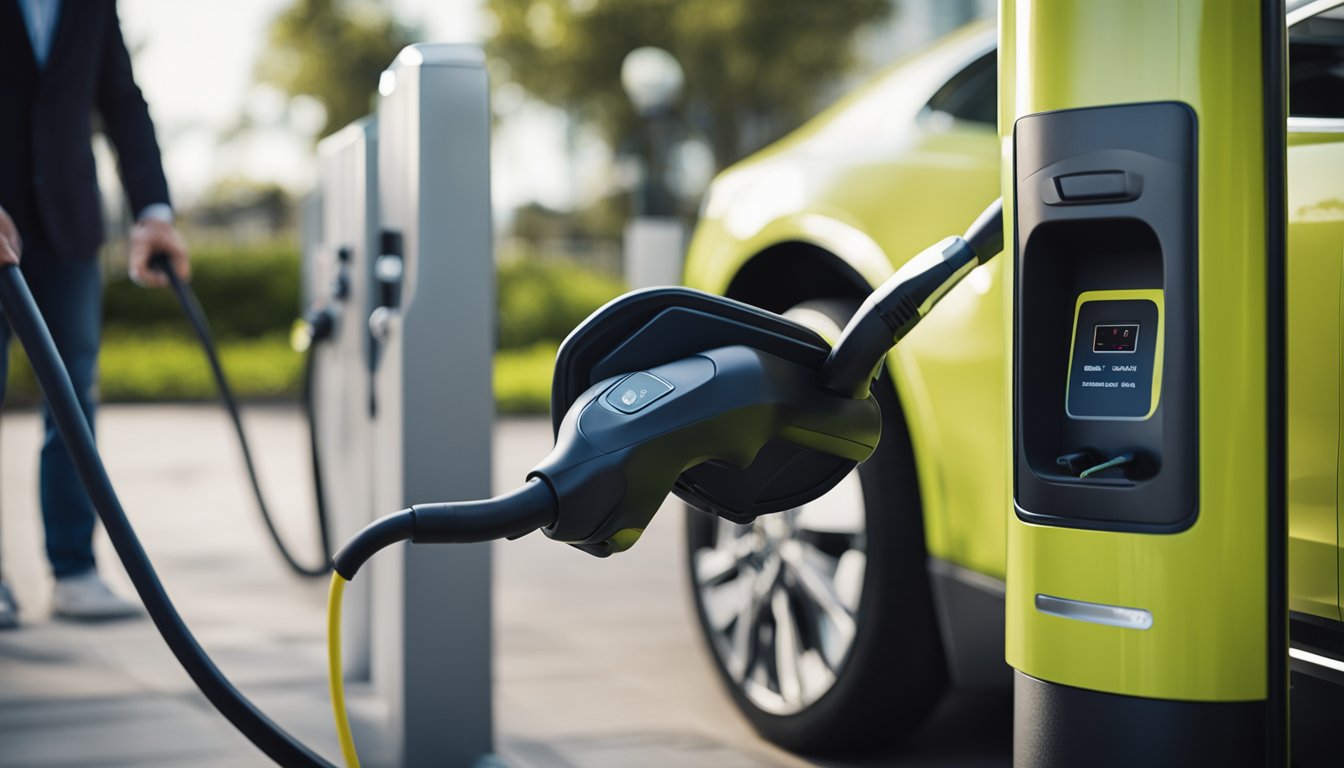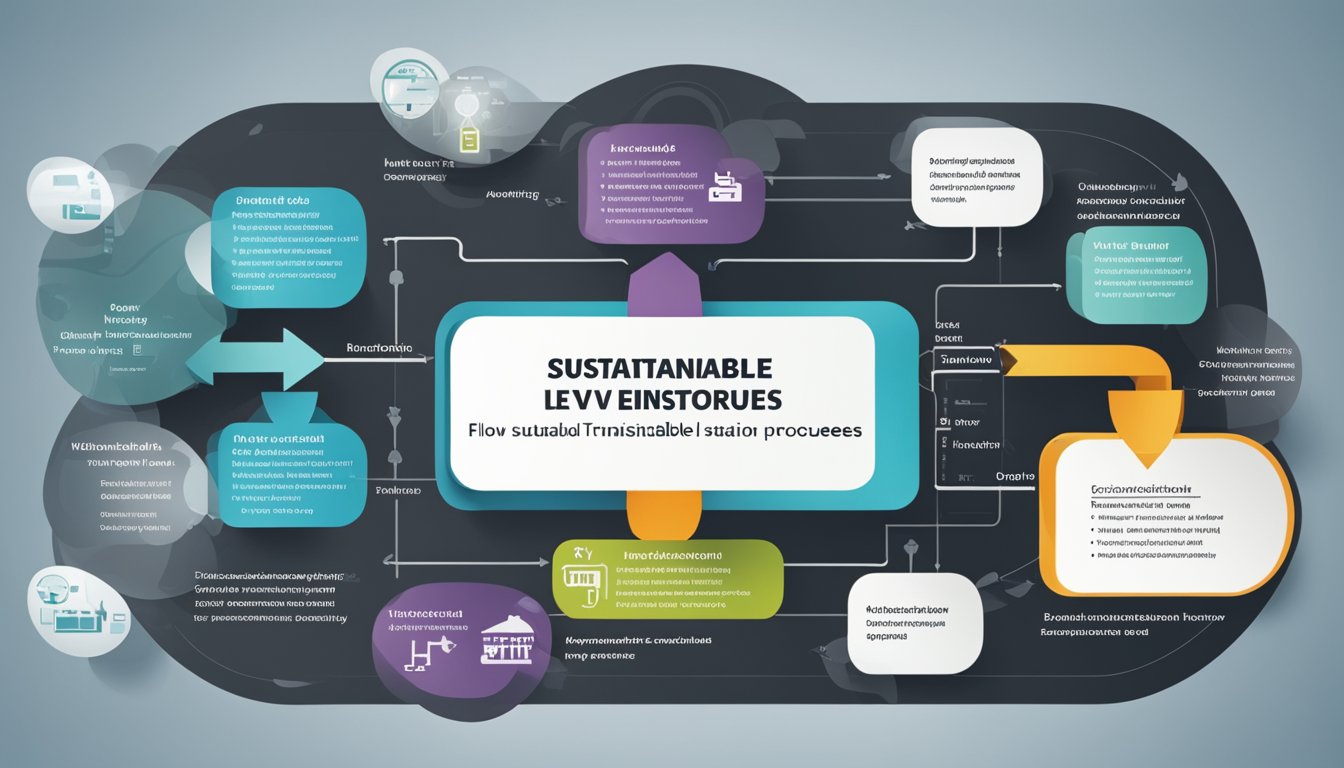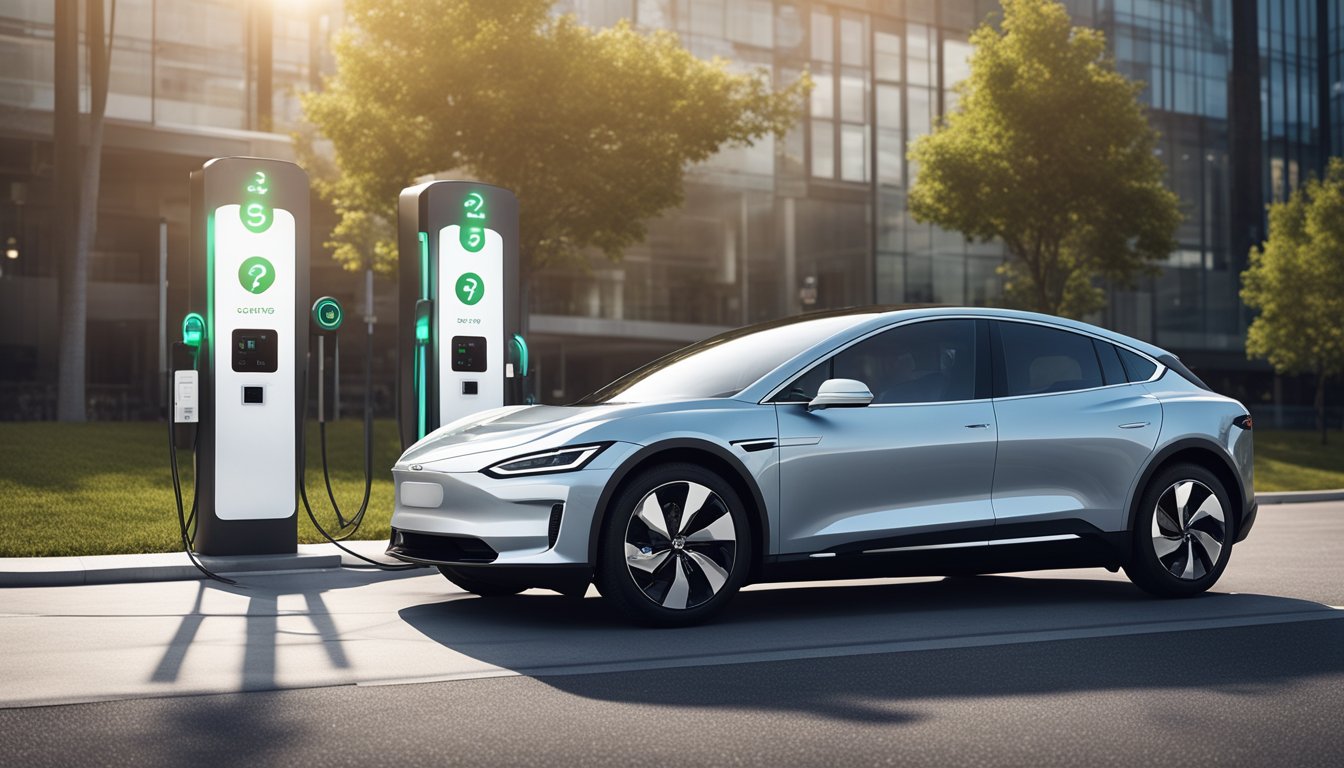Late updated: 14 Aug 2024 14:08
Written by: Amber Collins
Simplifying Your EV Transition Plan: Expert Tips for a Seamless Switch
Transitioning a fleet to electric vehicles (EVs) can seem like an overwhelming task. With the right plan in place, however, this process can be greatly simplified, leading to a more sustainable and efficient operation. Deciding to start the transition is the most crucial step, as it paves the way for systematic planning and execution.

We focus on crafting a strategic EV transition plan tailored to individual business needs. Understanding the unique requirements of each fleet helps design a custom solution, ensuring smooth integration of EVs into daily operations. This method reduces complexity and addresses any potential obstacles upfront.
Partnering with experienced EV service providers can optimise the transition process. Their expertise in infrastructure development and software integration can significantly mitigate the challenges businesses face, making the transition not only feasible but also profitable.
Key Takeaways
- Initiating the transition to EVs is the key first step.
- Tailoring the transition plan to specific business needs ensures a smoother integration.
- Expert partnerships can greatly simplify infrastructure and software challenges.
Developing a Strategic EV Transition Plan
Efficient planning is crucial for a smooth transition to electric vehicles (EVs). Essential elements include assessing the current fleet and operations, determining suitable infrastructure and charging solutions, and devising effective procurement and financing strategies.
Assessing Current Fleet and Operations
First, comprehensive assessments of the current fleet and operational needs are vital.
Fleet managers should evaluate the types of vehicles in use, their conditions, and usage patterns. These insights highlight which vehicles are ideal candidates for electrification and their potential benefits.
Operations analysis helps identify where and how EVs can be integrated. Key metrics include daily mileage, routes, and downtime. Understanding these variables ensures the right EV models are selected.
Stakeholders from various departments should participate in this assessment to capture diverse operational needs.
Infrastructure and Charging Solutions
Installing adequate EV charging infrastructure requires meticulous planning.
Start with researching charging needs based on fleet usage and parking locations. Options include depot charging, at-home charging, and public chargers. Each has its pros and cons depending on the fleet's operational model.
Careful selection of charging solutions ensures reliability. This includes acquiring the right types of chargers and planning for future scalability. Fast chargers may be necessary for fleets with high utilisation rates.
Infrastructure planning should also consider costs, feasibility, and potential incentives. Engage with experts to craft a comprehensive EV charging infrastructure strategy.
Procurement and Financing Strategies
Strategic procurement and financing enable cost-effective transitions.
Identify suitable EV models that meet operational requirements. Leverage procurement programmes and partnerships to secure favourable terms. Bulk purchase agreements can provide significant cost savings.
Financing options like leasing, loans, and government incentives should be explored. Assess the total cost of ownership, including savings on fuel and maintenance.
Include potential incentives and grants available for EV purchases and charging infrastructure. This offsets initial investment costs and enhances ROI.
By leveraging a combination of procurement strategies and financing solutions, transitioning to an electrified fleet becomes more feasible and economical.
A strategic approach ensures the EV transition aligns with organisational goals and operational efficiency.
Execution and Monitoring for Sustainability

Ensuring a sustainable transition to electric vehicles (EVs) requires meticulous implementation and ongoing performance tracking. We need to pay close attention to both the transition process and how we monitor our progress.
Implementing a Seamless Transition
Successfully transitioning a fleet to electric vehicles demands careful planning and execution. Establishing Specific, Measurable, Achievable, Relevant, and Timebound (SMART) goals provides a clear roadmap. These goals help us define our sustainability objectives, from reducing emissions to improving total cost of ownership (TCO).
We must also engage stakeholders early in the transition process. Their buy-in is critical for aligning with organisational sustainability goals. Training and change management are crucial components. Drivers and fleet managers need to understand new protocols and the benefits of electrification fully. Facilitating open communication allows for feedback and addresses concerns promptly.
Tracking Progress with Telematics and KPIs
To ensure sustainability, we use telematics and key performance indicators (KPIs) to track our progress. Telematics systems monitor vehicle performance, fuel consumption, and driver behaviour in real time. This data offers actionable insights, enabling us to adjust strategies for better efficiency.
KPIs, such as carbon emissions reductions, fuel economy, and maintenance costs, are essential metrics. These indicators help us measure the impact of our EV transition. Regular reviews of these metrics allow us to stay aligned with our sustainability goals and make data-driven decisions.
Effectively utilising telematics and monitoring KPIs ensures that our transition to electric vehicles is not only successful but sustainable in the long term. By staying vigilant and adaptable, we can achieve a zero-emission fleet that aligns with our environmental, social, and governance (ESG) commitments.
Frequently Asked Questions

In this section, we address some of the most pertinent questions surrounding the adoption of electric vehicles (EVs), focusing on adoption rates, potential obstacles, income equity, future mandates, transition strategies, and available financial incentives. Our aim is to provide clear and useful information to guide you through your journey towards an EV transition.
How can one enhance the adoption rate of electric vehicles?
Enhancing the adoption rate hinges on increasing public awareness and education about the benefits of EVs. Incentives such as tax rebates and subsidies can play a major role. Expanding the charging infrastructure is critical to address range anxiety. Collaborating with manufacturers to lower the initial cost of EVs will also provide significant advantages.
What are the principal obstacles to the widespread uptake of electric vehicles?
The key obstacles include the relatively high purchase cost of EVs and limited charging infrastructure. Additionally, concerns about battery life and longevity deter potential buyers. The availability of a diverse range of EV models is still limited compared to traditional vehicles. Addressing these areas is essential for broader adoption.
Will the shift towards electric vehicles advantage the majority of vehicle owners in the US while marginalising those with lower incomes?
There is a risk that the shift might disproportionately benefit higher-income groups initially, as they can more easily afford new EVs. To mitigate this, various schemes, such as subsidies and grants targeting low-income purchasers, need to be implemented. This would help in providing an equitable transition across different income groups.
What does the electric vehicle mandate entail for the year 2030?
By 2030, many regions have set ambitious goals to significantly increase the percentage of EVs on roads. These mandates often involve phasing out internal combustion engine vehicles, enhancing charging infrastructure, and providing incentives. The goal is to reduce carbon emissions and promote sustainable transportation practices broadly.
What strategies are effective for businesses transitioning their fleets to electric vehicles?
Businesses should start with a detailed assessment of their current fleet operations. Strategic planning is key, including analysing route patterns and identifying suitable EV models. Partnering with experts in EV transition and accessing government grants can turbocharge the transition process. Making gradual shifts and prioritising high-use vehicles will bring immediate results.
What financial incentives are available to support individuals and organisations in adopting electric vehicles?
Various financial incentives are available, including federal tax credits, state rebates, and grants. Some schemes cater specifically to businesses, offering substantial gains for fleet upgrades. Additionally, incentives often cover home and public charging installations. Staying updated with local and national policies is essential to maximise benefits.
